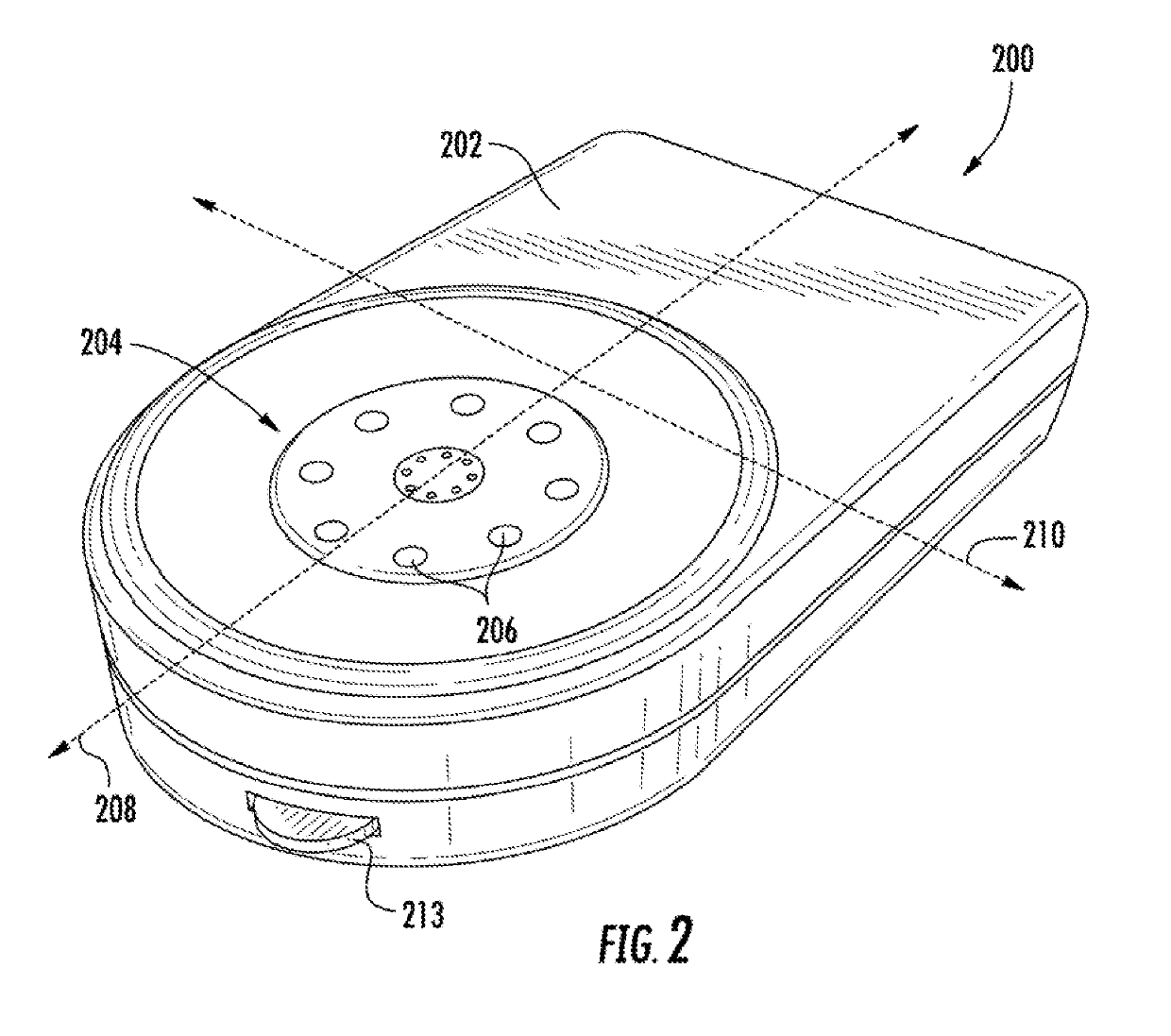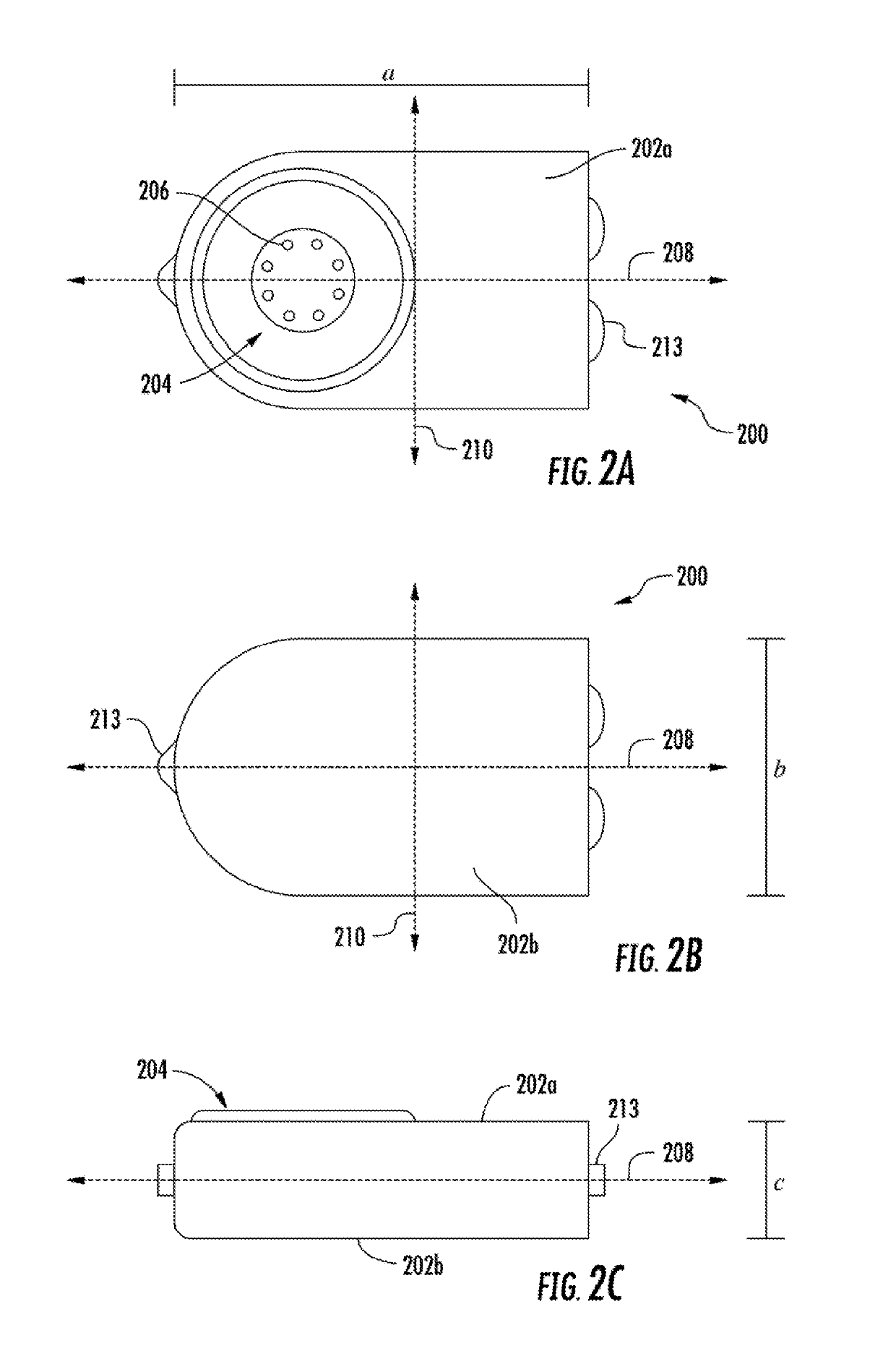This procedure has several disadvantages, including: (1) the discomfort associated with the procedure, which should be performed repeatedly each day; (2) the near impossibility of sufficiently frequent sampling (some blood glucose excursions require sampling every 20 minutes, or more frequently, to accurately treat); and (3) the requirement that the user initiate
blood collection, which precludes warning strategies that rely on automatic
early detection.
Using the extant fingersticking procedure, the frequent sampling
regimen that would be most medically beneficial cannot be realistically expected of even the most committed patients, and automatic sampling, which would be especially useful during periods of sleep, is not available.
Further, such devices provide users a great deal of freedom from potentially painful intermittent sampling methods such as “fingersticking.” as well as having to remember and obtain self-administered blood
analyte readings.
In conventional sensors, accuracy can be adversely affected by a myriad of factors such as e.g.,
random noise,
foreign body response (FBR), other tissue responses, anoxia or hypoxia in the region of the
analyte sensor, blood
analyte tissue dynamics, mechanical jarring, migration, and / or other variables.
However, “unmodeled”
system variables (e.g., variables which are user and / or context-dependent, and hence may behave differently in each individual and / or context of measurement) present a particularly difficult challenge in determining and maintaining the accuracy of blood analyte measurements in an implanted
sensor system.
As the foregoing unmodeled system variables primarily affect analyte detection by implanted sensor systems
in vivo (and may be highly variable or dynamic in nature), it is nearly impossible to pre-program or adapt a conventional
sensor system with standardized mechanisms to account for such variables prior to implantation.
Specifically, although conventional implantable sensor systems provide logic or
programming to reduce error due to
random noise, such blood analyte detection systems do not allow for correction of error due to unmodeled variables of the type previously described (i.e., user- and / or context-specific variables), which is highly desirable in that
disease presentation,
physiology, lifestyle, etc. may be different for each user, and may also dynamically change as a function of time or in response to a specific event occurring to or within the user.
Moreover, the
impact of the foregoing unmodeled system variables (as well as error resulting from such variables) may be compounded when the implanted
sensor system is used in combination with other semi-implantable, implantable, and / or non-implantable medical devices, such as medicant delivery devices (e.g., pumps).
Each of the foregoing transcutaneous pumps requires
relocation of the
infusion set periodically (e.g., every two to three days), as the implanted cannula is subject to
occlusion and
insertion site infection, which can deleteriously affect medicant delivery (e.g., under-infusion of
insulin).
Further, as the transcutaneous pump system is only semi-implanted, the exposed portions are subject mechanical jarring during use, which may also have unpredictable effects on
insulin delivery.
Like conventional implanted sensors, accuracy of fully implantable pumps can be adversely affected by factors associated with long term implantation such as e.g., FBR and
protein deposits (which may cause
occlusion or blockage of the
catheter), other tissue responses, blood and tissue dynamics at the
implantation site, mechanical jarring, and / or other variables.
Accordingly, medicant delivery which is guided, at least in part, by sensor BA readings and accomplished via either partially implanted or fully implanted pumps (or even non-implantable pumps or other manual / semi-manual delivery mechanisms) is subject to unmodeled system variables which affect the sensor (BAs_error), as well as any unmodeled system variables which affect the delivery device or pump (BAp_error).
In addition to those unmodeled system variables that can affect sensor accuracy, unmodeled system variables present a challenge in determining and maintaining the accuracy of medicant delivery via a partially implanted, fully implanted, or non-implanted pump or even non-pump delivery mechanisms (used in combination with an implanted sensor system).
Additionally, mechanical pump components are subject to normal “
wear and tear” over the lifetime of the pump, as well as potentially being susceptible to external environmental influences (e.g., altitude, strong external magnetic fields, shock and vibration) which may also affect accuracy for at least periods of time.
Further,
random noise error may be caused by random fluctuations in electrical signals received and / or produced by the pump components, which can in some cases be at least partially modeled and / or approximated prior to implantation.
However, “unmodeled” system variables (e.g., variables which are user and / or context-dependent, and hence may behave differently in each individual and / or context of measurement) present a particularly difficult challenge in determining and maintaining the accuracy of effective medicant delivery in a partially or fully implanted pump system. FIG. 9 shows a typical prior art method 900 (generalized) for operation of a conventional partially or fully
implantable pump system.
Although conventional partially implantable, fully implantable, and non-
implantable pump systems used in combination with CGM provide logic or
programming to reduce error due to the foregoing detectable pump errors, such systems do not enable correction of error due to unmodeled variables of the type previously described (i.e., user- and / or context-specific variables), which is highly desirable in that
disease presentation,
physiology, lifestyle, etc. may be different for each user, and may also dynamically change as a function of time or in response to a specific event occurring to or within the user.
As the foregoing unmodeled system variables primarily affect analyte detection and medicant delivery by implanted sensor and associated pump systems
in vivo (and may be highly variable or dynamic in nature), it is nearly impossible to pre-program or adapt a conventional sensor and pump system with standardized mechanisms to account for such variables prior to implantation (or partial implantation) and / or activation and use.
 Login to View More
Login to View More  Login to View More
Login to View More 


